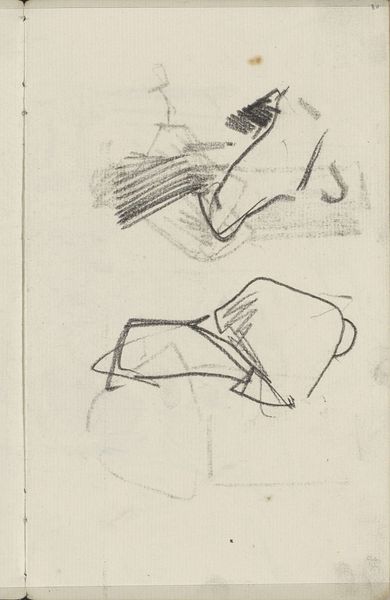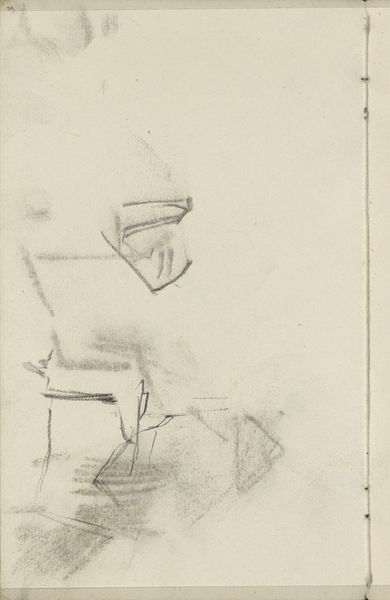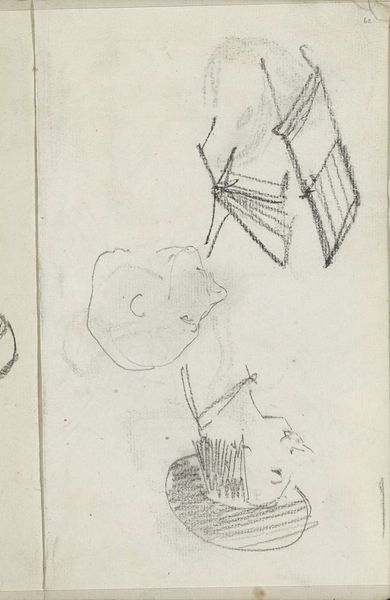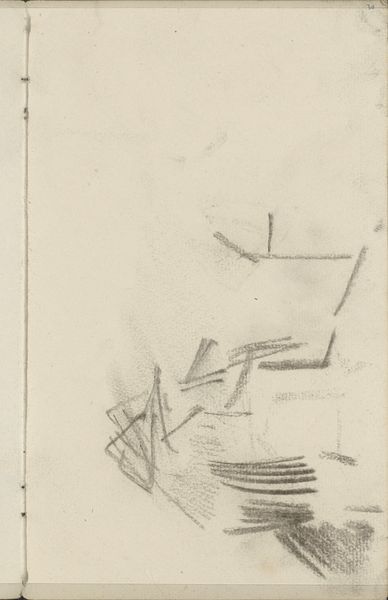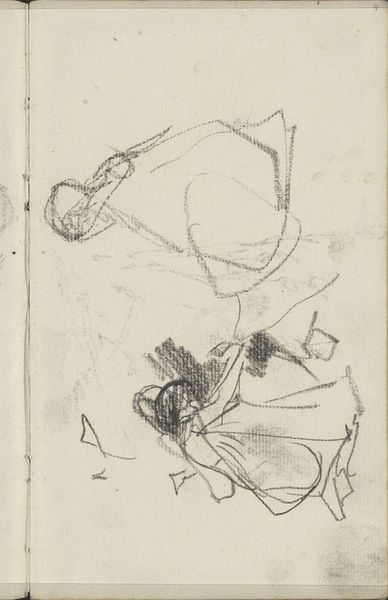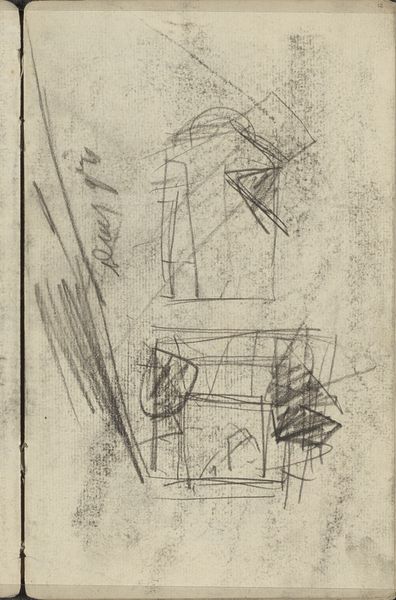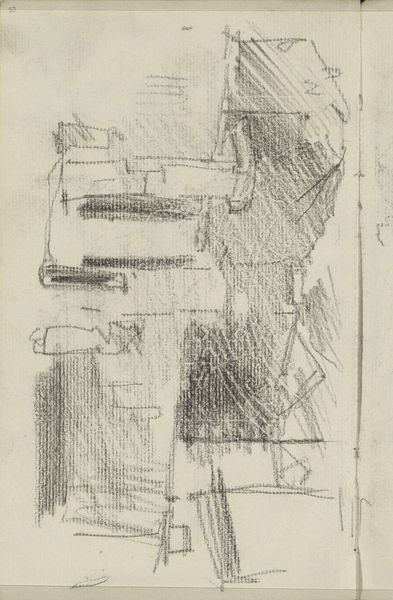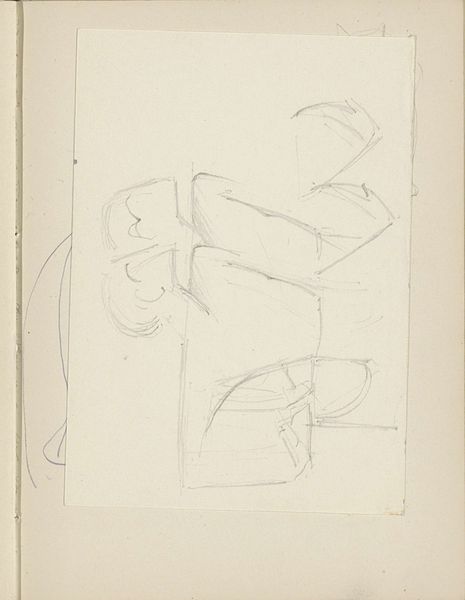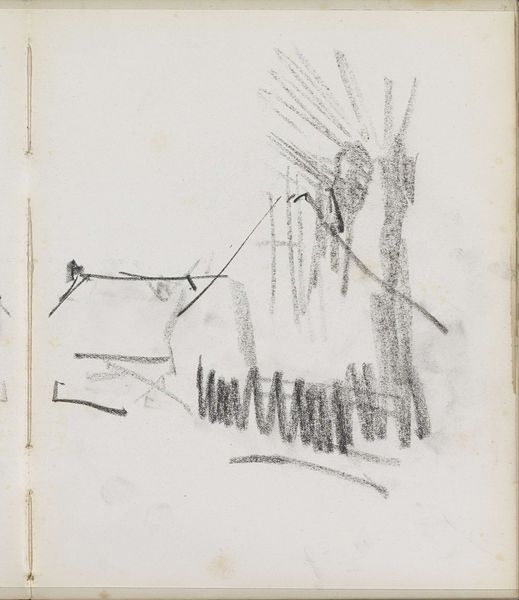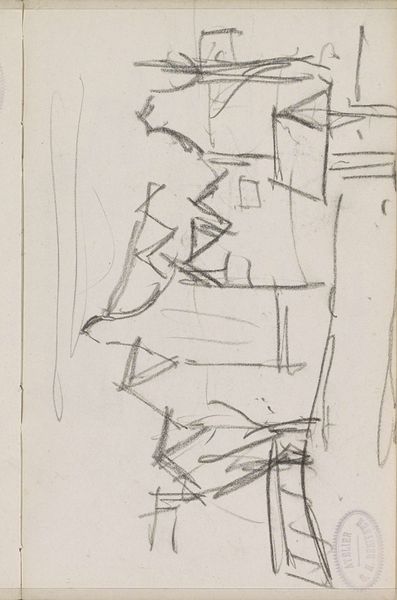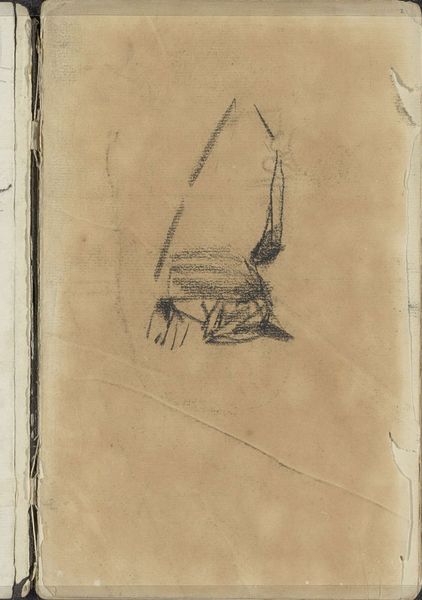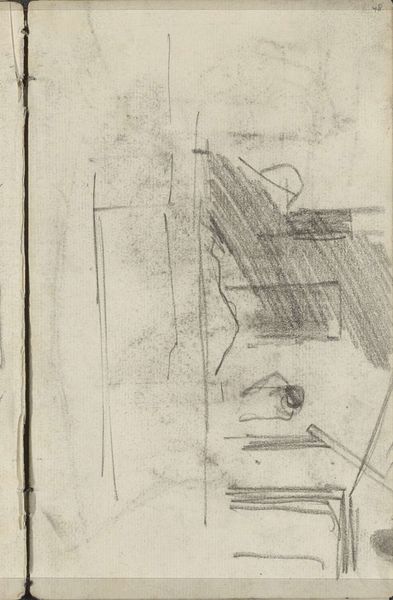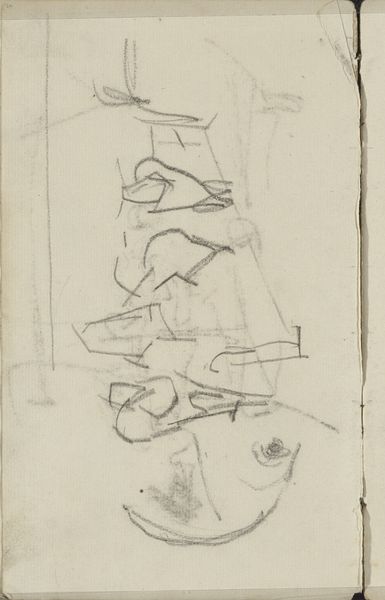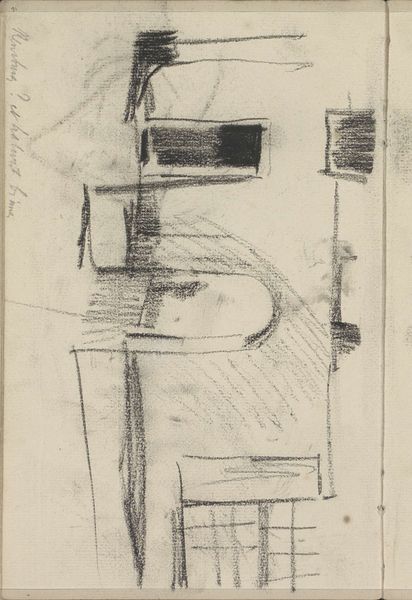
drawing, paper, pencil
#
portrait
#
drawing
#
impressionism
#
figuration
#
paper
#
pencil
#
realism
Copyright: Rijks Museum: Open Domain
Editor: "Figuurstudies," or Figure Studies, created by George Hendrik Breitner between 1884 and 1886. It's a pencil drawing on paper. There is something almost ghostly about these sketches, very immediate and raw. What's your take on this? Curator: It's tempting to focus solely on the intimate nature of the artist's process, but the socio-political context of late 19th-century Netherlands is equally vital. Breitner was known for documenting the working class, especially women, in Amsterdam. Do these figures resonate with that focus? Editor: I can see that. It does capture figures, perhaps working class because their appearance feels almost worn-down. I wonder if Breitner saw himself as giving a voice to these individuals? Curator: It's crucial to acknowledge the power dynamics inherent in his gaze. He's representing these figures, inevitably shaping their narrative through his artistic lens and social standing. Was he truly giving them a voice, or appropriating their image for his own artistic aims and social commentary? Consider the institutions displaying his work – who is really benefiting? Editor: That’s an interesting way to frame it. It’s easy to think of art as purely good, but there's a whole power structure around who gets represented, how, and why. I never thought about how social forces might be embedded in the art making itself! Curator: Precisely. Breitner's 'Figuurstudies,' even in their seemingly informal style, become part of a broader visual language that either challenges or reinforces existing social hierarchies. Recognizing this dynamic empowers us to interpret such artworks with much greater nuance. Editor: So, these aren’t just preliminary sketches – they're visual statements loaded with potential political and social implications. That’s really something to think about. Thanks! Curator: My pleasure! It’s all about expanding the frame through which we understand the public life of art.
Comments
No comments
Be the first to comment and join the conversation on the ultimate creative platform.
